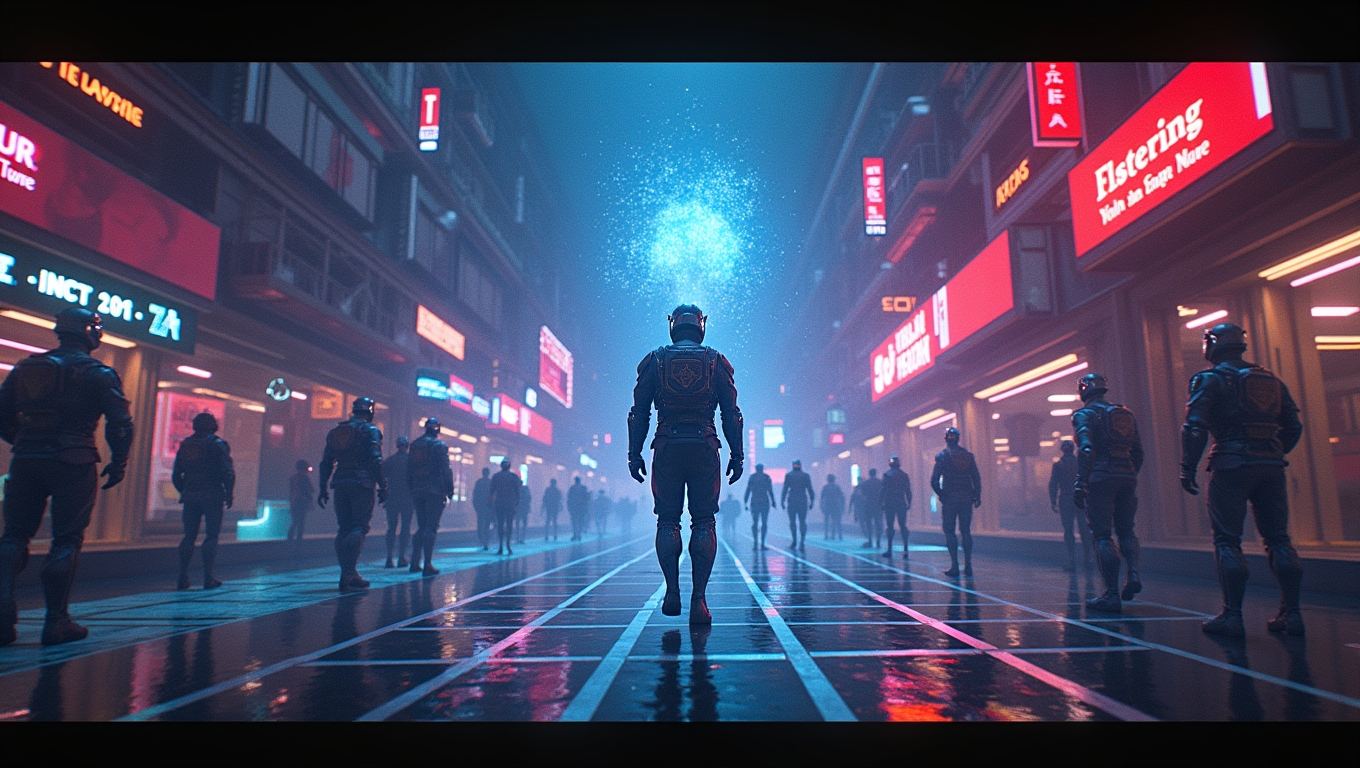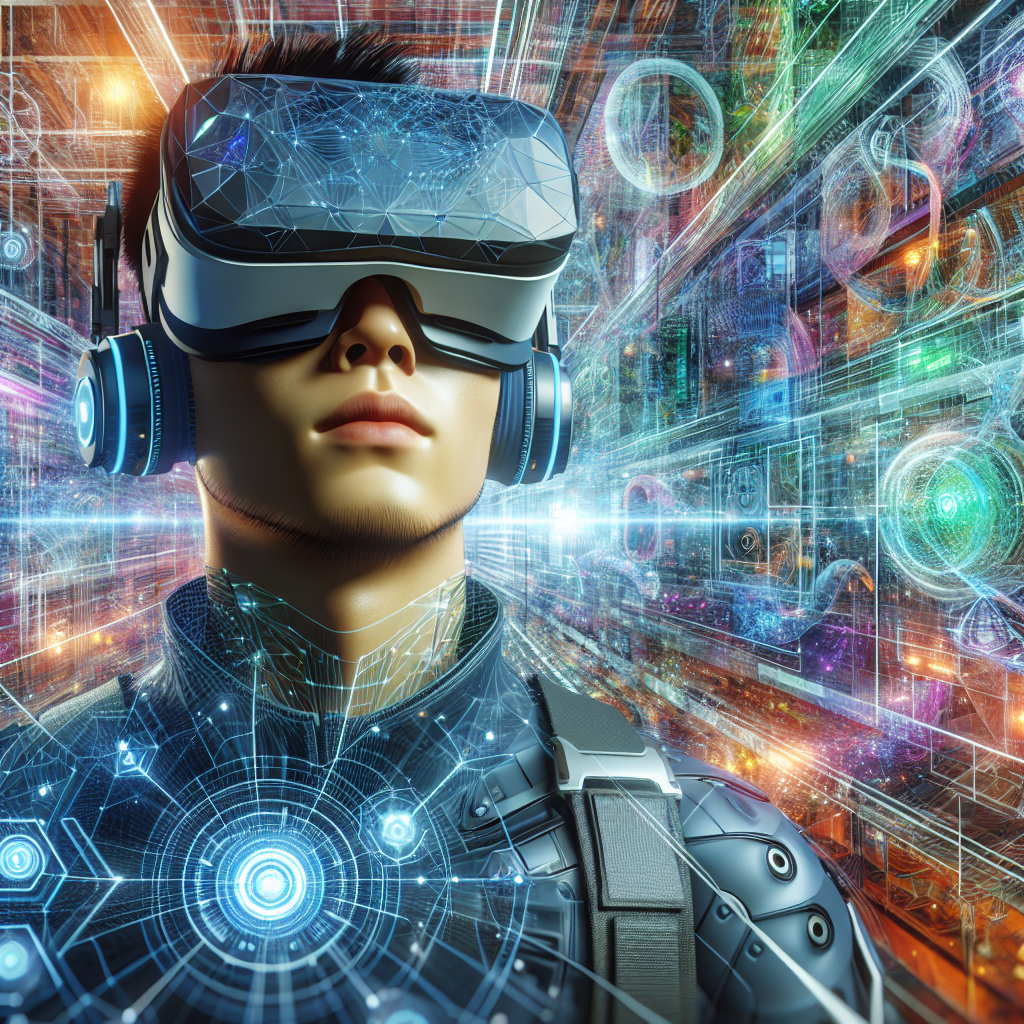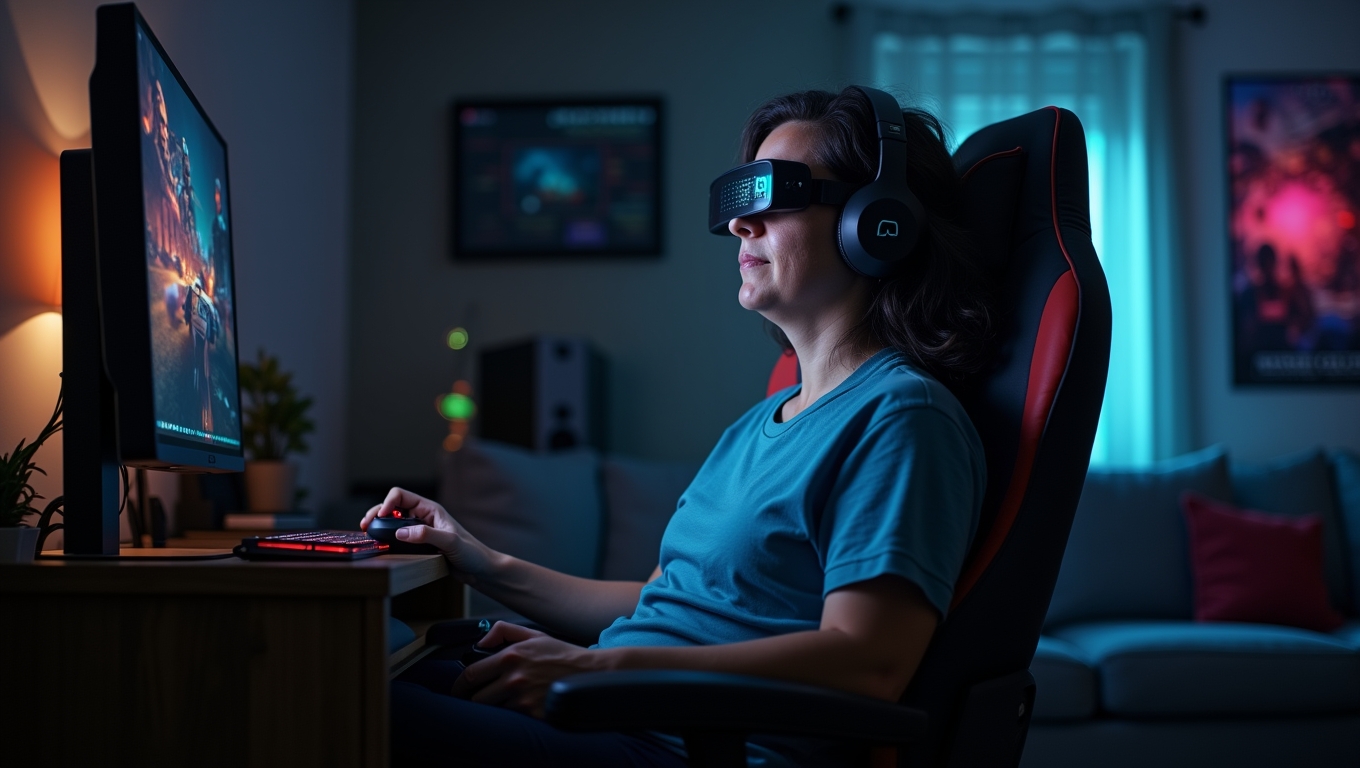In recent years, the intersection of gaming and artificial intelligence (AI) has opened up exciting avenues for understanding complex AI concepts. Games are helping us understand AI by providing interactive and engaging platforms where players can experience AI in action. Through gameplay, individuals can explore AI’s capabilities, limitations, and potential applications, making abstract concepts more tangible and accessible.
Interactive Learning Through Gameplay
One of the primary ways that games are helping us understand AI is through interactive learning. Many educational games are designed to teach players about AI principles such as machine learning, neural networks, and decision-making algorithms. By immersing players in these concepts, games create an engaging environment where learning becomes enjoyable. For example, games like “Human Resource Machine” and “Exapunks” challenge players to program virtual machines, allowing them to grasp the fundamentals of coding and algorithmic thinking.

In addition to educational games, mainstream titles like “The Last of Us Part II” and “Red Dead Redemption 2” incorporate AI to enhance gameplay. Players encounter NPCs (non-player characters) that exhibit realistic behaviors, showcasing the advancements in AI technology. This exposure helps players understand how AI can simulate human-like interactions and decision-making processes, bridging the gap between theory and reality.
Simulations and Real-World Applications
Another significant way games are helping us understand AI is through simulations that model real-world scenarios. Games such as “Cities: Skylines” and “Kerbal Space Program” allow players to experiment with complex systems, where AI plays a crucial role in managing resources and making strategic decisions. These simulations provide a hands-on experience that highlights the importance of AI in various fields, from urban planning to aerospace engineering.

Moreover, game developers often utilize AI to create adaptive learning environments. For instance, AI-driven tutoring systems can analyze a player’s performance and adjust the difficulty level accordingly, ensuring an optimal learning experience. This adaptive approach not only enhances engagement but also helps players understand their own learning processes and the potential of AI in educational technologies.
Fostering Creativity and Innovation
Games are also helping us understand AI by fostering creativity and innovation. Titles like “Minecraft” and “Roblox” empower players to create their own content, encouraging experimentation with AI-driven mechanics. This creative freedom allows players to explore AI’s capabilities in a sandbox environment, inspiring new ideas and applications. As players design their own games or mods, they encounter challenges that require innovative solutions, showcasing the potential of AI in problem-solving.
Additionally, the gaming community frequently discusses AI advancements, contributing to a broader understanding among players. Online forums, streams, and social media platforms provide spaces for sharing insights and experiences related to AI in gaming, further enriching the collective knowledge.
In conclusion, games are helping us understand AI by providing interactive, engaging, and innovative platforms for exploration and learning. Through gameplay, players can grasp complex AI concepts, experience real-world applications, and foster creativity. As the gaming industry continues to evolve, the role of AI will only grow, offering even more opportunities for understanding and innovation.
Some content and/or images on this page were created using AI.





